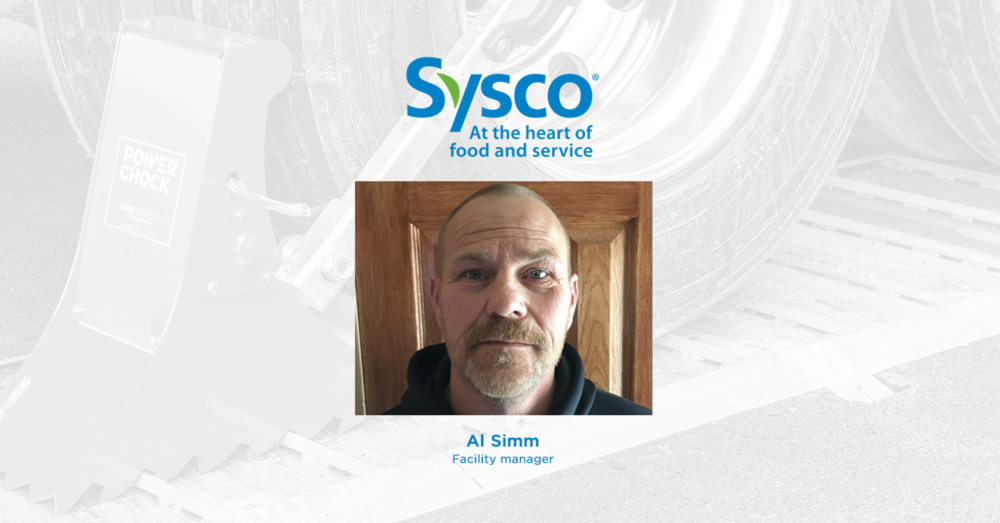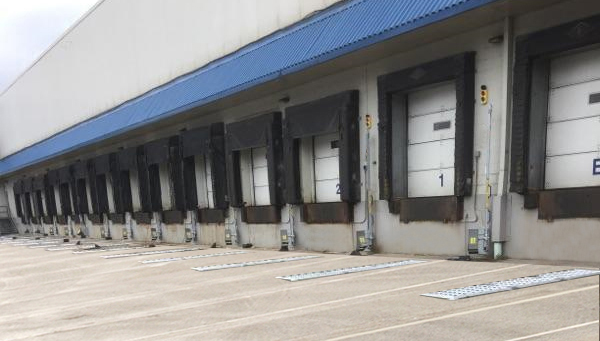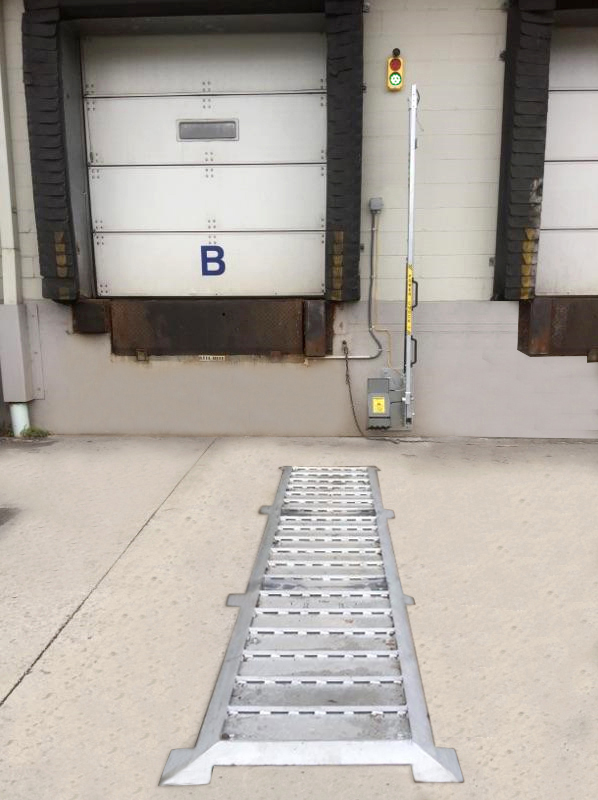GMR Safety: We are very proud of our reputation for reliability and durability and we are so confident with the Powerchock that it comes with a 5-year warranty. And, in fact, the restraining plate is a GMR Safety-patented part of the design.
You talk about Powerchock truck wheel chocks being able to ‘take a beating’ have you got any examples?
Al: We once had a case of a truck driver who tried to drive off, but the unit is designed so that the force was transferred to a bolt that took the stress and sheared. So, although we had some pulled wires it resulted in no actual damage to the chock and the arm themselves. A quick check and a replacement of the bolt and we were up and running again.
GMR Safety: Any other features you particularly like about the Powerchock vehicle restraint?
Al: One important point is that we have found them to work great in all weathers. And, compared to a simple wheel chock, the Powerchock is part of an integrated system which not only prevents drive-off and trailer creep but incorporates sensors that detect the presence of a truck and relay this to the indicator board to alert operators that it is safe to enter the trailer. And vice-versa, the driver is alerted when the chock is removed indicating that it is safe to move off.
GMR Safety: What do the people working in the loading bays think about the Powerchock trailer restraint system?
Al: They are pretty satisfied with it. Actually, if you don’t hear really hear about something then you can assume it’s doing its job. It’s only when it doesn’t do its job or it creates unnecessary or unforeseen problems that you get a reaction. The workforce is pretty much on the ball when it comes to safety-related matters so we used to get a lot of negative feedback on the old system because it wasn’t foolproof.
GMR Safety: That’s pretty much what we find at GMR Safey too. When we don’t hear from a client it almost invariably means that all is good! But what about the incoming drivers? Do they ever have any problems with the Powerchock wheel restraint?
Al: No, never. In fact, all they have to do, is put the chock in front of the wheel. They are not allowed to touch or operate anything else. Even if they were, it would probably not present any problems because of the common-sense design and operation of the equipment.
GMR Safety: Finally, GMR Safety has now been working with SYSCO for well over a decade. From a personal perspective how do think this partnership has worked?
Al: We greatly value our good relationship with GMR Safety. Here at SYSCO we pride ourselves on our loyalty to reliable and innovative suppliers that work in partnership with us and provide good service and value.
We’d like to thank Alexander Simm for his time and his insightful feedback.




